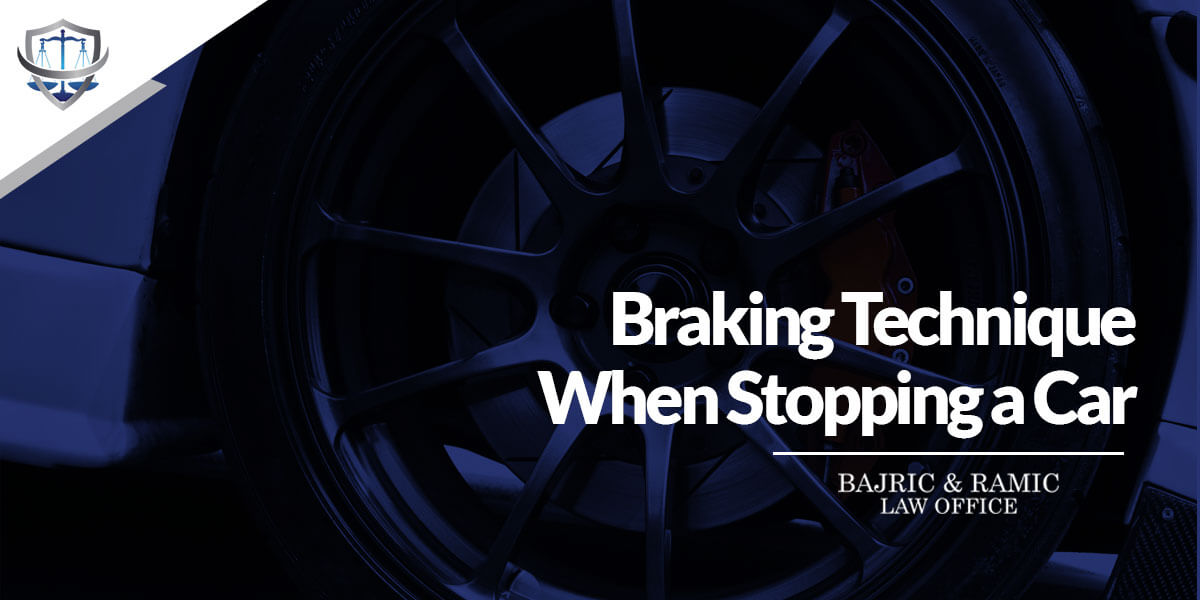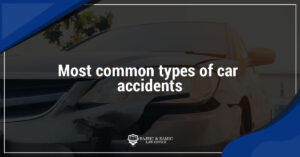The braking technique seems like one of the simplest actions when driving a car. Simply depress the brake pedal and it’s all over. But in fact, braking is one of the most important and at the same time the most complicated actions that drivers encounter. Find out below the braking techniques that can help you.
Brake serviceability
Brakes are the most important component of a car, because a malfunction on a car engine. Or a malfunction on a suspension, are not as important as braking. It is important that a moving car can be stopped at any time. And the fact that the vehicle is not moving due to a malfunction in the engine is a minor problem.

If you notice that the brake pedal is very soft and that its stroke is longer than usual. Then, visit your mechanic! Brake discs and pads that take on all the braking force are worn out. Their replacement depends on the driver’s profile. How often and how he brakes, but also on the manufacturers of brake pads and discs and their quality.
Brake fluid
The braking of today’s cars is performed as a hydraulic system. Where you, as the driver, actually increase the pressure of the brake fluid by depressing the brake pedal, which then uses the lever system to press the brake pads against the brake discs and there is friction that stops the car. Brake fluid is very specific.
It has the property of absorbing moisture from the air very quickly, and this becomes very dangerous for the braking system itself. The boiling point of the brake fluid itself is reduced, which can lead to a loss of brake pressure on very hot days to come.
In addition, due to the moisture in the brake fluid itself. Rust appears in the brake system, which impairs its service life. The manufacturer’s recommendations are that the brake fluid is changed every year or every other year at the latest.
When to brake
The driver’s assessment of his driving experience, knowledge of road conditions. Speed of the car are just some of the conditions that affect how and when to brake.
- Braking should always be performed in the direction before entering the bend.
This is because in corners the strong braking of the car causes a strong centrifugal force that tends to push the vehicle out of the curve. If the tires lose friction with the ground on which the car is driven due to ice, mud, wet surfaces, etc. - Adherence to the prescribed speed and knowledge of the braking ability of your car.
Moving at speeds higher than allowed drastically increases the stopping distance of the car. Knowing your car’s braking abilities can help you feel the pressure on the brake pedal to make stopping the car comfortable. - An abrupt stop of the car
In any case, in normal traffic conditions, the car should not be stopped abruptly, especially in city traffic conditions. This can be dangerous because of the drivers behind you who are not ready for such an action or simply their speed is unadjusted and the braking ability of the car is weaker than in your car and there is an impact. - Tire selection
It is especially important to emphasize that although the car’s braking system is completely correct. If the tires are bad, your braking will be compromised.
Assistance systems
All cars today come with standard ABS equipment and one of the vehicle stability systems. The ABS system prevents the wheels from locking and the tires from slipping on the ground when braking. Which shortens the stopping distance of the vehicle. On the other hand, vehicle stability systems allow the vehicle to turn when braking hard so that an obstacle standing in our way can be avoided. Namely, when braking, even with the ABS system. The front wheels are locked so that driving is prevented during heavy braking.
If the ABS system fails and you are in a dangerous situation or your car is old and does not have this system, brake slowly. If possible, when braking without ABS, press the brake pedal intermittently quickly to avoid locking the wheels and reduce the stopping distance of the car – ie. You simulate the operation of the ABS with your foot.
Read more about safe overtaking tips.




